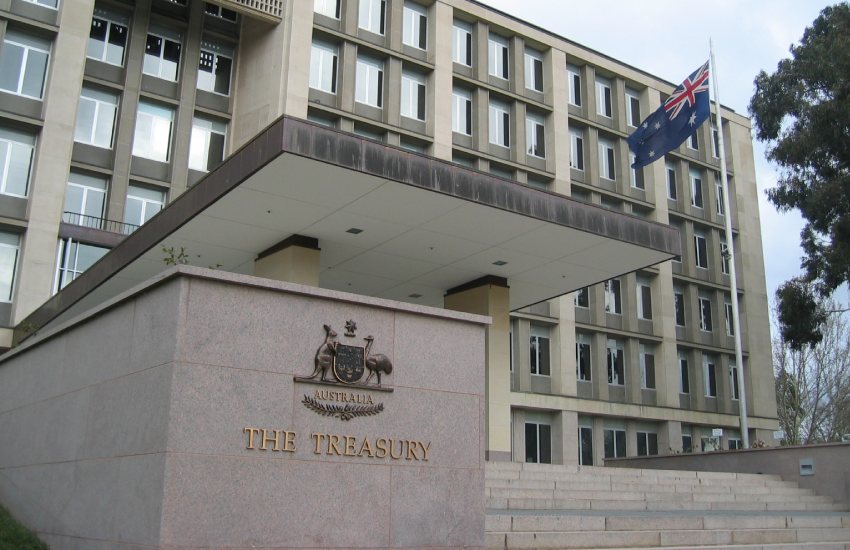The Treasury is now consulting on whether the current monetary threshold at which a statutory demand can be issued by a creditor should remain at $2,000 or be permanently raised to a higher amount.
The $2,000 threshold has been in place since 1992 and has not kept up with inflation.
You’re out of free articles for this month
The only time the threshold has been raised was in response to the economic impact of COVID-19 last year when it was increased to $20,000 up until 31 December 2020.
The Treasury believes there is merit in permanently raising the threshold to $10,000 to align it with the personal bankruptcy threshold, which was doubled from $5,000 at the start of the year.
“Harmony between the thresholds can provide desirable consistency between the two different regimes, supporting individuals who run small businesses that need to engage with both regimes where their business is in financial distress,” said the Treasury in its consultation paper.
“But there may also be reasons for the difference in thresholds. If an individual is made bankrupt, the personal implications may be more significant than in the corporate context. If a statutory demand forces a company into liquidation, the directors of the company may benefit from limited liability, protecting their personal assets.
“However, in practice, a significant number of small-business owners have given personal guarantees secured by personal assets (such as their primary residence) in order to obtain financing for their company’s liabilities.”
The Treasury also believes the $2,000 threshold does not make sense commercially because of the costs of drafting and issuing the statutory demand and having to deal with costs of contesting the statutory demand in court if it is disputed by the recipient company.
Conversely, it contends that reducing the ability of creditors to take action may lead to unintended consequences, including creditors managing their risk of non-payment through dealing with the company on less generous terms, such as higher interest rates on loans, a shorter payment period or by requiring cash on delivery.
The Treasury’s consultation will run until 5 March.
Jotham Lian
AUTHOR
Jotham Lian is the editor of Accountants Daily, the leading source of breaking news, analysis and insight for Australian accounting professionals.
Before joining the team in 2017, Jotham wrote for a range of national mastheads including the Sydney Morning Herald, and Channel NewsAsia.
You can email Jotham at: This email address is being protected from spambots. You need JavaScript enabled to view it.

 Login
Login







